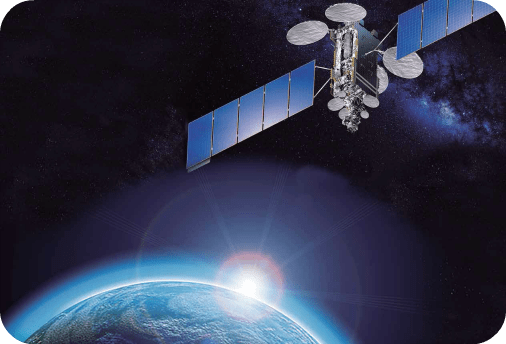GMV participates in the historic mission Rosetta

On 12 November the mothership Rosetta released the Philae lander to take a touchdown on comet 67P/Churyumov-Gerasimenko. Once down on the comet’s surface in good working order, it started on a complete program of experiments that lasted for 64 hours until the batteries ran out. After the end of Philae’s mission, Rosetta is continuing with its extraordinary exploration of the comet, escorting it over the next year on its approach to the sun.
GMV has participated actively in Rosetta-mission support. It has sent some of its staff to the Rosetta Science Operations Centre within the European Space Agency’s European Space Astronomy Centre (ESAC/ESA) in Villafranca del Castillo (Madrid), to ESA’s European Space Operations Centre (ESOC) in Darmstadt, Germany and to the Control Center (CC) of the French Space Agency (Centre National d’Etudes Spatiales: CNES) in Toulouse, France.
Rosetta’s main mission is to help us understand the origin and evolution of the solar system. Comets could be likened to time capsules; they still contain material from the time when the sun and planets were formed. Rosetta could therefore play a key role in deciphering the history and evolution of the solar system, coming up with answers to the origin of water and maybe even life itself on planet Earth.
GMV played a key role in the Mission Analysis stage since years before the actual launch. Among other activities it is also participating in the planning of scientific operations, planning control of the three instruments and preparation of the operations for the main mission phase (the comet phase). GMV’s personnel posted to Germany, for their part, are participating in the flight dynamics operations, specifically trajectory control and generation of the necessary commands for controlling the probe’s orbit and attitude, a responsibility dating right back to the launch in 2004.
GMV’s flight dynamics team will carry out additional comet-approach tasks: design of approach-, orbit- and descent-trajectories; processing of images from Rosetta’s onboard cameras and estimating the comet’s navigationaffecting characteristics. After a ten-year voyage through interplanetary space the Rosetta probe has now become the first in history to rendezvous with a planet, orbit around it and deploy a lander to touch down on its surface.